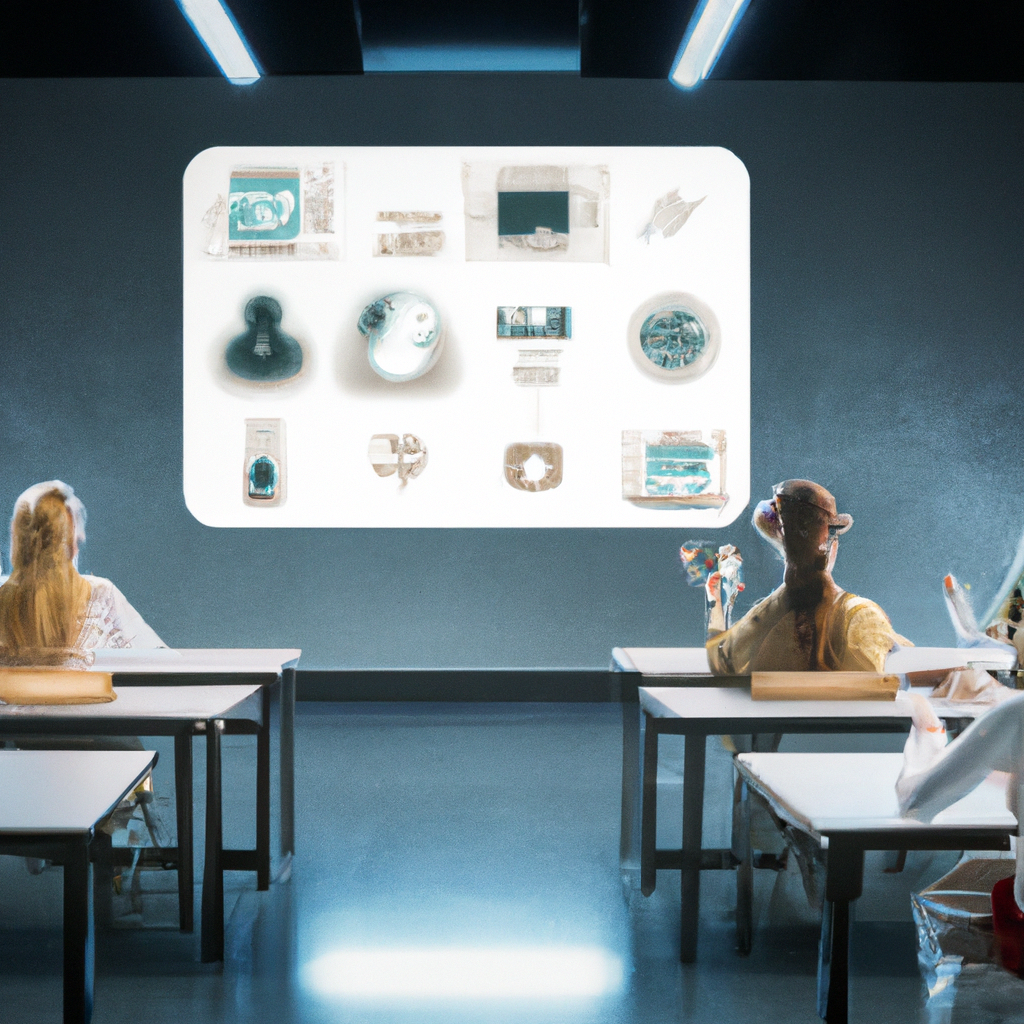Unlocking Productivity: Mastering New Learning Techniques in 2025
As we navigate deeper into the decade, the landscape of learning and productivity continues to evolve. With the rapid advancement in technology and shifts in workplace dynamics, mastering new learning techniques has become essential. This blog post explores the cutting-edge strategies that are shaping the future of learning and productivity.
1. Hybrid Learning Environments
Hybrid learning environments blend traditional face-to-face instruction with digital learning tools. In 2025, this approach is not just a trend but a standard practice in both educational institutions and corporate training programs. The key to leveraging hybrid environments effectively lies in the integration of synchronous and asynchronous learning activities, ensuring that all participants can engage and contribute regardless of their physical location.
2. Microlearning Modules
Microlearning involves short, focused segments of learning designed to meet specific outcomes. These modules are particularly effective in a fast-paced world where attention spans are shorter. In 2025, microlearning is being used to enhance employee skills swiftly and efficiently, making it a cornerstone of modern training programs.
3. Gamification Techniques
Integrating game design elements in non-game contexts, gamification makes learning more engaging. The use of leaderboards, points, and rewards in learning modules has shown significant improvements in motivation and engagement, leading to higher retention rates. In 2025, gamification is more refined, with personalized learning paths that adapt to individual performance and preferences.
4. AI-Powered Learning Assistants
Artificial Intelligence has transformed many sectors, including education. AI-powered learning assistants provide personalized learning experiences, offering real-time feedback and support. These assistants use data analytics to adapt the learning process to the needs of the user, making learning more efficient in 2025.
5. Virtual Reality (VR) and Augmented Reality (AR)
VR and AR are revolutionizing the way we approach complex subjects and training scenarios. These technologies provide immersive experiences that are not possible in traditional learning environments. In 2025, VR and AR are commonly used for technical training, medical education, and even soft skills development, providing a rich, interactive platform for deep learning.
As learning and productivity tools evolve, staying updated with these technologies and methods is crucial. They not only enhance efficiency but also ensure that individuals and organizations can thrive in an increasingly competitive world.






